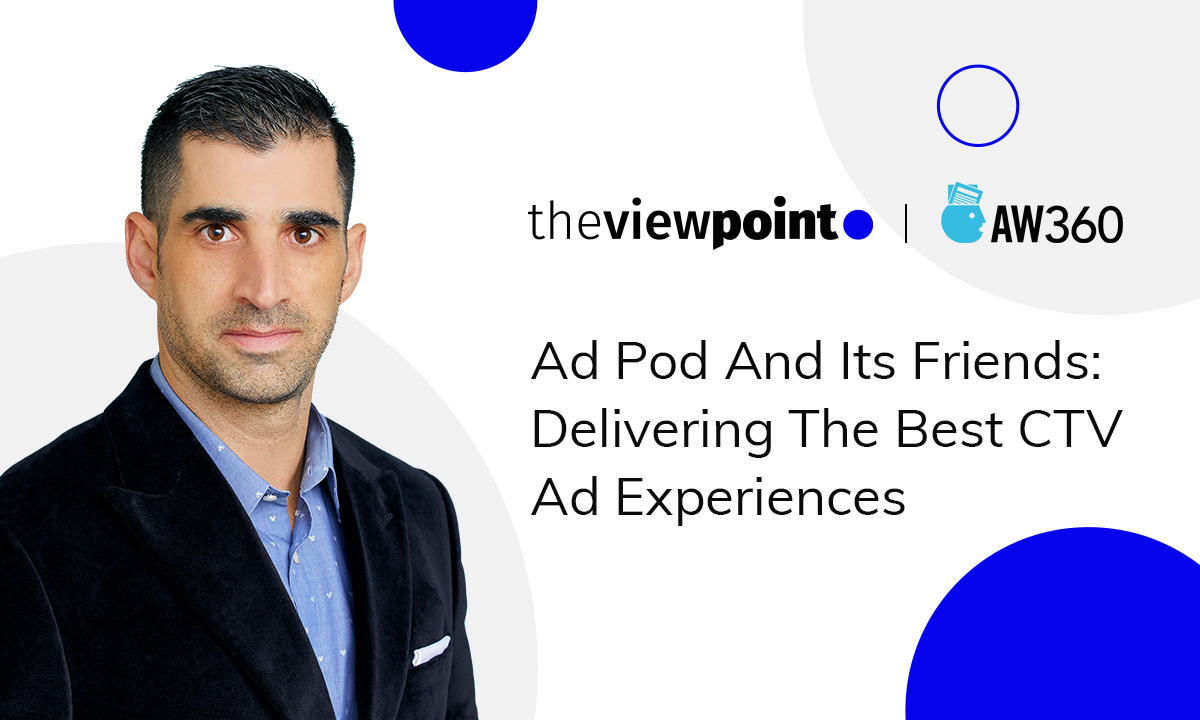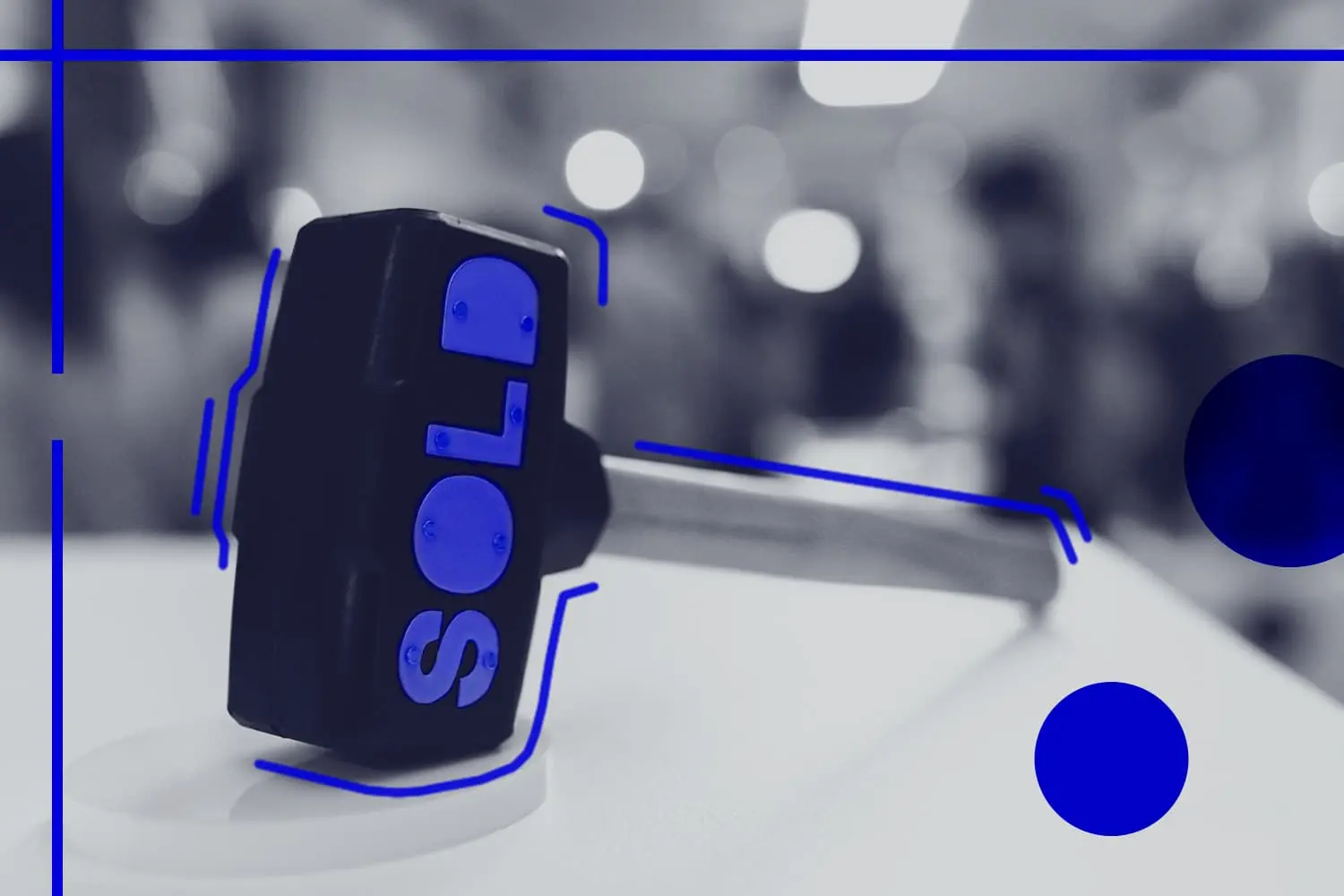
What is Ad Exchange? Benefits for Publishers and Advertisers
As digital advertising continues to take over marketing budgets, there is a need to demystify the role of an ad exchange platform. Despite being an integral part of online ad campaigns, many publishers and advertisers are not well versed in the benefits that this technological mediator provides.
What is Ad Exchange?
Ad exchanges are digital marketplaces that enable the automated buying and selling of ad media. They are a part of the programmatic ecosystem, as they are powered by real-time bidding (RTB) technology.
Real-time bidding is a form of programmatic buying. Unlike direct buying and private auctions, real-time auctions provide each participant with an equal opportunity to bid on the available ad inventory. The highest bid for each auction wins the impression.
Ad exchanges are connected to supply-side platforms (SSPs) and demand-side platforms (DSPs) to bring together buyers and sellers. Publishers and advertisers use ad exchanges for video, display, pop-up, interstitial, CTV ads and many other ad formats. They are able to run mobile, in-app ad campaigns and more.
Apart from ad exchanges, ad networks are also used to buy and sell inventory, and these two concepts differ in important ways. While an ad network is an intermediary that offers advertisers to buy unsold inventory from multiple publishers, an ad exchange directly bridges the gap between publishers and advertisers.
Read more about the difference between ad network and ad exchange from our blog post: Ad Network vs Ad Exchange: The Definitions, Evolution, and Key Differences.
How Ad Exchanges Work: Connecting SSPs and DSPs
Advertisers and publishers depend on online ad exchanges to facilitate their ad buying and selling processes. Each of these parties accesses the service via opposite routes.
Demand-side Platform (DSP) enables advertisers to buy ad impressions through ad exchange at a competitive cost.
Supply-side Platform (SSP) allows publishers to put their ad inventory up for auction and maximize their revenue.
To fully understand how advertising through ad exchanges works, here’s a breakdown of the way an SSP interacts with a DSP via the ad exchange.
For example, when a visitor browsers through a publisher’s content, an ad request is sent out for each ad placement to be viewed. Each time an ad is viewed it counts as a distinct impression. Those impressions are put up for sale through the SSP, which will enact an RTB auction through the exchange.
Publishers are connected to the ad exchange through SSPs. That is how they participate in RTB auctions, offering ad inventory for sale. The SSP also sends the ad exchange information about the viewer, collected via cookies. This data helps the ad exchange choose bidders interested in that particular audience, and buyers that are likely to bid for the impression.
Advertisers, on the other hand, are connected to the ad exchange by a DSP. They register their interest in the available ad inventory by joining the RTB auction on the ad exchange through DSPs. Advertisers then declare the maximum bid they are willing to pay for an ad slot that meets their selected criteria. Ad exchanges process auctions in milliseconds, and are designed to handle a bulk of transactions simultaneously.
The Benefits of Using an Ad Exchange
An ad exchange provides immense benefits across the board for both publishers and advertisers.
Publishers can tap into the extensive demand for ad space by turning to ad exchanges. Here are some of the advantages they gain from ad exchange management:
The option to set minimum CPMs for inventory units to get a fair price;
Ad filtering and blocking functions to help them avoid sensitive or damaging content as well as ads from competitors;
More control over the ad format and style for all ads that appear on their apps;
The ability to choose where and when ads will be displayed;
More customization with functions to automatically toggle fonts, colors, and corner style for multiple display ad placements or ad pod management for CTV ads
Brands can pursue digital advertising on their own, or sometimes engage the services of an ad agency. Advertisers gain the following advantages:
An array of targeting and optimization options to maximize ROI;
More control through price settings and advanced bidding capabilities to enable cost-effective advertising;
The power to choose audiences of their choice;
The ability to blacklist publishers that they don’t want to advertise with;
The option to manage how frequently an ad is shown to the same use;
The ability to retarget across multiple ad exchanges
Types of Ad Exchanges
There are several kinds of ad exchanges used today. The popular options include the four types discussed below.
Open Ad Exchange
An open ad exchange or auctions refers to a public digital marketplace for ad inventory. This kind of ad exchange is usually free for all and has plenty of ad inventory.
Open ad exchanges are very competitive because of the large number of bids placed for a single ad unit. This aspect can make it difficult to determine if the ad placement will be beneficial.
The downside to open auctions is that the advertiser receives limited information about the publisher. So, there’s the elevated risk of digital fraud and malware.
Private Ad Exchange
Private ad exchanges, otherwise known as private marketplaces, are considered more secure than open marketplaces. Publishers are granted control over who can advertise on their sites or apps and can select the bidders, floor price, and other unique conditions they want met.
This allows the publisher to choose buyers that resonate with their brand image, letting them generate more revenue. A good example of private ad exchanges would be TheViewPoint platform, which allows CTV & OTT publishers to monetize, selling inventory directly to their preferred advertising partners.
An individual publisher typically runs private ad exchanges. Because the publisher holds an administrative role, they can select buyers to invite onto their platform. They can also block certain advertisers and ad networks from bidding on their ad placements.
The more personal approach used in private ad networks may make the buying and selling processes slower than on an open exchange. Setting up direct relationships to get invited as a bidder takes time, and may limit ad placements’ demand. However, the exclusivity afforded by such ad exchanges means that the inventory sold there is considered premium.
Preferred Deals
Preferred or direct deals do not involve auctioning of ad inventory at all. The publisher and advertiser privately negotiate a price for the ad inventory. Preferred advertisers tend to have strong relationships with the publisher in question.
Preferred deals create a reliable revenue for the publisher, and the advertiser enjoys a fixed CPM price as they do not have to compete with other advertisers. Preferred deals are usually done for premium inventory, awarding a single brand exclusive ad space on an app.
Guaranteed Deals
Guaranteed deals are similar to a direct sell/buy but involve programmatic automation rather than relying on manual processes. It is also referred to as programmatic direct. The publisher agrees to set aside ad units for an advertiser at a fixed price.
Under this type of ad exchange, the advertiser is guaranteed a specified volume of impressions, or flight date. They do not have to bid for each impression separately.
Takeaways
In general, ad exchanges give advertisers a lot of control over who sees their ads and where they are placed. How much they pay for those impressions also comes into play. Publishers gain the upper hand in controlling who bids on their ad inventory and how much they earn. This digital, programmatic marketplace makes it easier for media buyers to find reliable supply, and get better return on their ad investments.
Related
Programmatic TV Tax Day is Not Just April 15. It's Every Day
This blog examines the significant "AdTech tax" in Connected TV advertising, advocating for Tatari's direct integration with publishers to bypass hidden fees, resulting in substantial cost savings and enhanced transparency.
Read more
Ad Pod And its Friends: Delivering the Best CTV Ad Experiences
Aiming to stand out from the crowd and surpass consumers’ expectations, CTV advertisers have to be allied with publishers and very savvy at applying innovative advertising techniques, like frequency capping, competitive ad separation, and deduplication. Though still raising a lot of eyebrows, these tools have already become the next big thing in the advertising world. So, before diving deep into the details of ad pod management, let’s take a sneak peek behind the scenes of modern CTV play.
Read more
Everything You Need to Know About Real-Time Bidding
As programmatic advertising is gaining momentum, RTB or real-time bidding comes in. In fact, most platforms in ad tech today are RTB enabled. But what does that actually mean? What is an RTB platform and why is it so important for digital marketers? Let’s get the answers to these questions and more.
Read more


